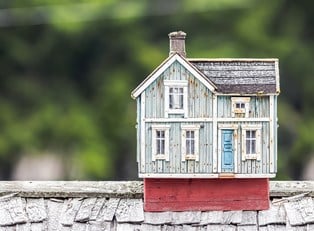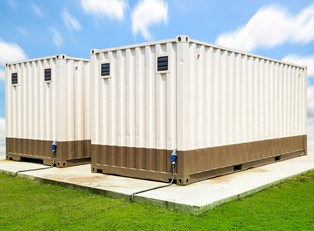Modular homes are pre-fabricated structures created in a factory setting, moved to a location, and then set on a foundation. Unlike mobile trailer homes, modular homes remain stationary once they are put on the foundation. Modular home designs are usually built by creating modules, or sections of the house, which are put together on top of the foundation to create a full house. While modular homes offer many advantages, including quick builds, the durability of a traditionally built home, and decreased expenses, the drawbacks could mean that your modular home is not a smart investment.
- Lower Quality Building Materials
The major advantage is modular home costs can be much lower than costs of building a traditional home. However, lower-end manufacturers often achieve lower-prices by using lower quality materials. This can give you problems in the long run with saggy floors or poor insulation. These problems will increase your expenses over time and decrease your property value when you try to sell, which is something to consider before building. - Fixed, Undesirable Layouts
Because you have to create modules or sections to produce a modular home, you can't fully customize your new home layout. Want to create unique layouts and big, open rooms? That may not be possible with modular homes. Modular homes can be quite large, but since they're not made one at a time, your modular home design will be similar to everyone else's. - Poor Long-Term Value
Some modular homes can be as high quality as traditional homes, but that doesn’t mean there isn’t a stigma surrounding modular homes. Because of the stigma against pre-fabricated housing units, the value of your home may simply be lower just because it’s modular. As long as you’re aware of this, modular homes can still be a good option. - High Initial Costs
Many modular home manufacturers require the homeowner to pay for most or all of the costs to build upfront. By doing this, manufacturers ensure that the work will be paid for in full. Some companies will allow you to finance the home through mortgage payments. The good news is that the modular home costs may be reduced because using factories cuts down the costs of paid-labor because the home will be built a bit quicker. However, there will also be high costs of moving the modules to the land site once the house is completed. - Land
Not only will modular homes be a bit expensive because of the building costs, you also have a large upfront cost of paying for land. You can’t contract a company to create a modular home without first owning the land it will be place on, but sometimes the cost of land can come as quite a shock if you haven’t done your research.



